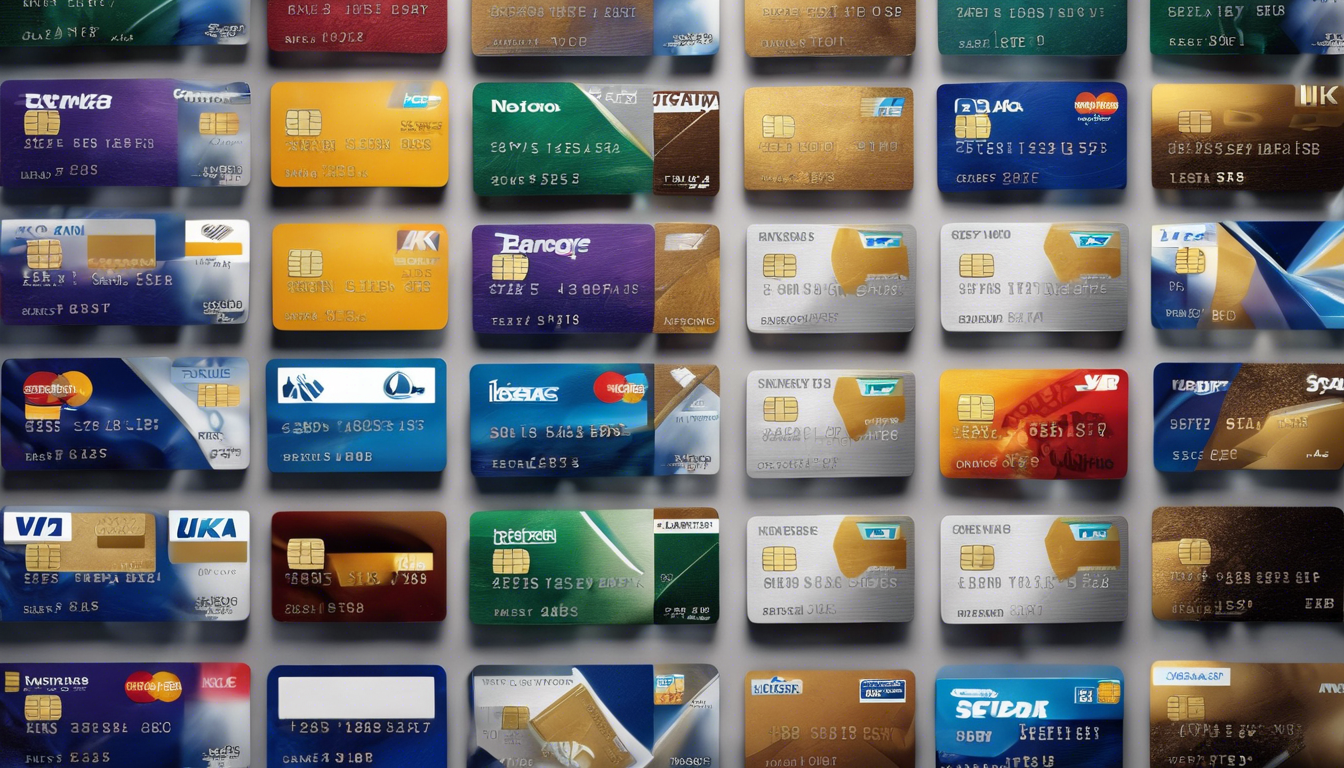In our modern financial landscape, credit cards are both a convenience and a necessity, facilitating seamless purchases, boosting credit scores, and offering lucrative rewards. However, the plethora of options available can make choosing the right card a daunting task. This guide aims to demystify the process, presenting a detailed comparison of various credit card proposals while highlighting costs, benefits, and potential security risks, particularly across different geographic areas.
Credit cards come in various forms: from rewarding high spenders with cashback and air miles to offering low interest rates for those who carry balances. Yet, the true challenge lies in understanding the fine print—annual fees, interest rates, credit limits, and rewards programs—all of which can significantly impact the cardholder’s financial health.
One must first assess the annual percentage rate (APR) which directly influences the amount you’ll pay in interest should you carry a balance. Cards with lower APRs are generally preferable, though they often require a stronger credit history. For those looking to maximize returns on every dollar spent, cards offering higher rewards like 5% cashback on categorized purchases can be attractive.
Further complicating the picture is the security aspect, particularly relevant given the rising incidents of credit card fraud. Different regions report varying levels of credit card theft, with dense urban areas and tourist hotspots being particularly susceptible. It’s crucial for potential cardholders to consider how card issuers safeguard user information and mitigate unauthorized transactions.
The advent of chip technology has enhanced card security significantly, making physical card theft less of a threat than it once was. However, online fraud remains prevalent. Issuers now offer various tools such as instant transaction alerts and the ability to lock a card via an app, which can help users react swiftly to potential fraud.
Digging into history, credit cards have evolved from simple cardboard pieces in the 1920s to sophisticated digital payment tools. The Diners Club Card, launched in the 1950s, is often credited as the first credit card in its modern form, primarily used for dining and travel expenses. This innovation laid the groundwork for the diverse offerings we see today.
Analyzing current options, let’s consider two hypothetical credit cards: Card A offers a 0% introductory APR for the first 18 months and has no annual fee. It provides 3% cashback on groceries and 2% on gas. Card B, while having a $95 annual fee, offers a broader 4% cashback on dining and entertainment, 3% on travel, and includes various travel insurance benefits.
Clearly, the choice between these cards should be influenced by the user’s spending habits and lifestyle. Families might prefer Card A for its rewards on groceries, whereas avid travelers could find more value in Card B’s perks despite its annual fee. Thus, aligning the card’s features with personal expenditure is critical.
Experts suggest that consumers also consider the issuer’s customer service and dispute resolution efficiencies, which can be pivotal during instances of fraud or billing errors. Renowned financial expert Jane Doe recommends, ‘Always choose a card that aligns with your financial habits and goals. Moreover, ensure that the issuer has a robust customer service framework, which can significantly ease the stress in critical situations.’
In conclusion, while the variety of credit card options can seem overwhelming, focusing on APR, reward structures, fees, and security features—and how these align with personal habits and regional risk profiles—can guide consumers toward making informed decisions. Always stay aware of the geographical-specific risks and choose a card that offers a balance between lucrative rewards and stringent security measures.
You may also like
The World of Online Banking
This article explores the dynamic realm of online banking, detailing its advantages, challenges, and key considerations when choosing a provider. It also provides a comparative analysis of different online banking services and discusses geographic variations in adoption rates and associated risks.
The Intricacies of Mortgage Portability
This article explores the concept of mortgage portability or ‘surroga mutuo’, detailing proposals, costs, benefits, and challenges. It includes a comparison of cost-free portability options, analysing fixed and variable rates, and additional fees. Additionally, it examines the popularity and demand of mortgage portability by age and region, discussing potential advantages for borrowers.
The Maze of Online Mortgages: Costs and Considerations
This article explores the landscape of online mortgages, detailing the variety of offers available, their costs, and advantages. It compares multiple proposals, focusing on interest rates and additional fees, to guide users in making the best decision. Moreover, it highlights the implications and potential risks of online mortgages based on age demographics and geographical locations.
Business Loans: Insights and Comparative Analysis
This article explores the complex nature of business loans, focusing on the different proposals, costs, benefits, and challenges associated with them. It provides a detailed comparison of various loan options and highlights key factors that businesses should consider to secure the best possible deal.
the Landscape of Personal Loans
This article delves into the multifaceted world of personal loans, exploring a variety of proposals, their costs, benefits, and associated issues. It offers a comparative analysis focused on key factors consumers need to consider to secure the best loan terms.
